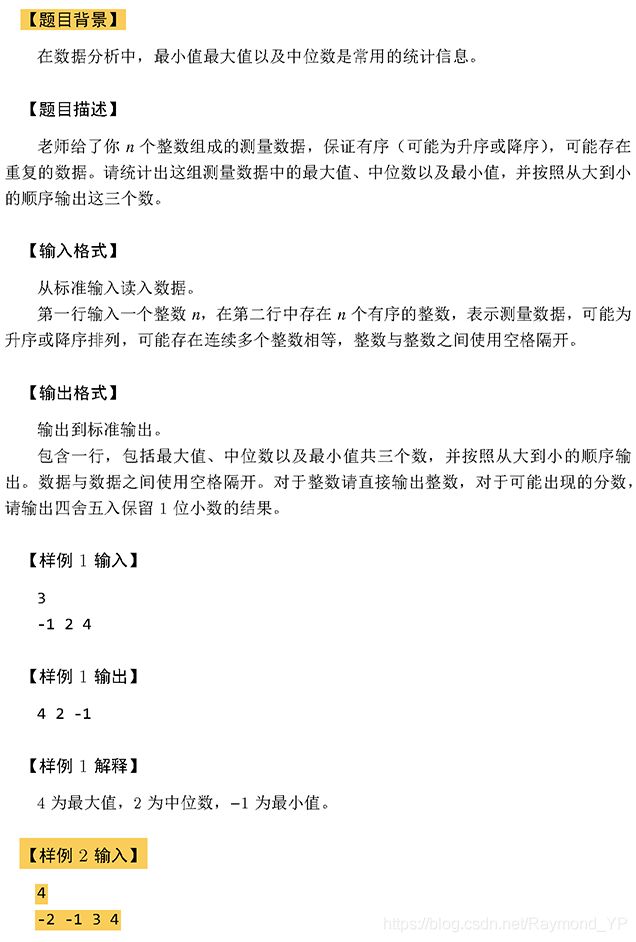ccf-csp 2019春季真题题解
代码:
#include 代码:
#include 代码:
#include 代码:
#include 本题使用dijkstra会超时,在稀疏图中spfa更快,故使用spfa求最短路,而dijkstra稳定。
代码:
#include 更多历年题解戳这里:ccf-csp 历年真题题解














